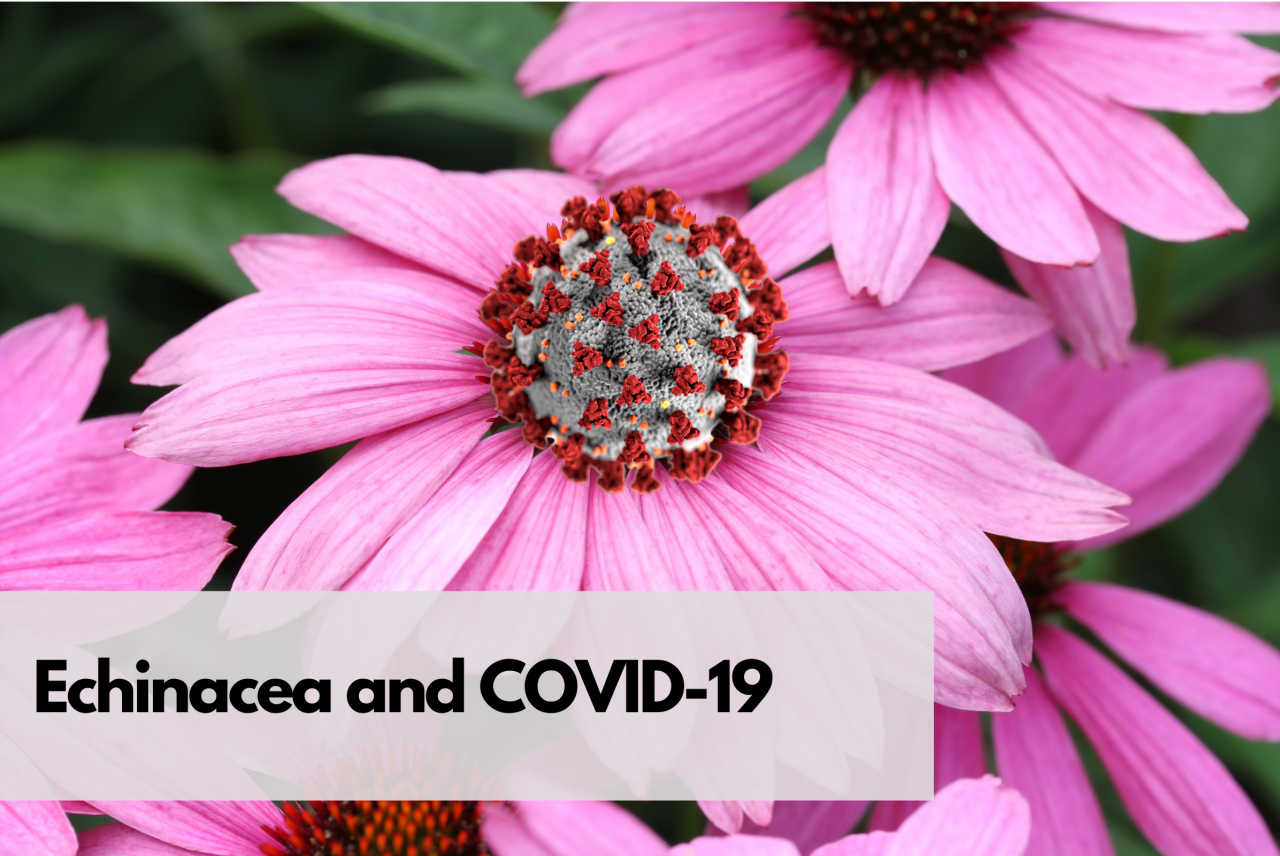
HPTLC for the identification of Echinacea purpurea: a possible remedy for COVID-19
By Débora Frommenwiler
Recently, a team of collaborators with the Spiez Laboratory (Switzerland) published an article proposing the in vitro antiviral activity against coronavirus of a medicine made of Echinacea purpurea extract. The publication caught the attention of the Swiss media and consumers, which led to a partial sold out of this medicine in pharmacies. HPTLC is an important tool for the identification of Echinacea purpurea and its differentiation from related species.
The use of herbal medicinal products containing different plant parts and species of Echinacea (commonly known as coneflower) for the treatment and prophylaxis of common cold is well known and established in Europe.
According to the publication [1], a specific preparation of Echinacea purpurea, named Echinaforce®, could offer prophylaxis against Coronavirus disease 2019 (COVID-19). The study was performed using different cell lines.
The authors concluded that Echinaforce® is virucidal against human coronavirus 229E (HCoV-229E), and inactivated Middle-East respiratory syndrome coronavirus (MERS-CoV), Severe acute respiratory syndrome coronavirus (SARS-CoV-1), and Severe acute respiratory syndrome coronavirus 2 (SARS-CoV-2). They hypothesized that this medicine could be effective as a prophylactic treatment for all Coronaviruses. However, its mechanism of action and the substance responsible for this activity remain unknown, so its effectiveness against COVID-19 still needs further study. It is worth noting that some of the authors are related to the manufacturer of the product.
Identification of Echinacea purpurea by HPTLC
In a quick search in an online store, more than 1000 coneflower products of different species, part plants and pharmaceutical forms were readily available for purchase. Some of them just declare to contain Echinacea without further information.
To ensure that the correct plant species and plant part has been used in the medicine, companies are required to perform a series of tests, starting with the identification of the herbal drug. The HPTLC Association offers an identification method ready for downloading (and free of charge), which identifies the parts of Echinacea purpurea and distinguishes it from the roots of Echinacea angustifolia and Echinacea pallida.
For further information on the method, please access this link: https://www.hptlc-association.org/methods/methods.cfm
If you are not a member of the HPTLC Association, you can register as a guest and download the method.
Comments
Themeds Fly
- March 26, 2022 at 07:04Echinacea Purpurea Extract
Very nice blog very informative article its very useful for us. Thanks for sharing
Read More: https://www.themedsfly.com/
Leave a comment